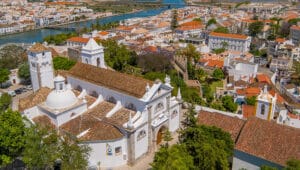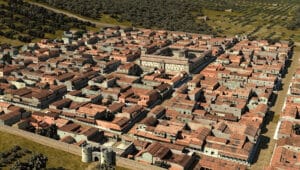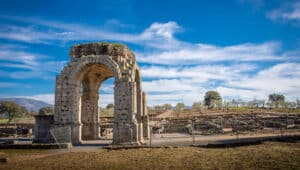By Chris Wright
Some 50 years ago I was paid the then princely sum of three guineas to write a cricket report for the Daily Telegraph. Unfortunately they were not gold guineas that ceased to be minted 200 years ago and which would each cost well over £1,000 to buy today.
This year the UK Royal Mint has issued a special two Pound coin to commemorate the first guinea coin produced in February 1663. Originally worth one Pound Sterling the coin fluctuated in value due to the price of gold and at times rose as high as 30 shillings (£1.50).
In 1816, its value was officially fixed at 21 shillings (£1.05 in decimal currency) when Great Britain adopted the gold standard.
The name came from the Guinea region in West Africa where much of the gold used to make the coins originated.
The coin has marked many historic moments in British history and the 1703 guinea bears the word ‘Vigo’ under the Queen’s bust, to commemorate the origin of the gold taken from the Spanish ships at the Battle of Vigo Bay, which lies just 25 kilometres north of the Portuguese border.
In 1812, the Portuguese government in Lisbon issued a proclamation, upon representation of the Duke of Wellington, “that the English guinea should pass as current coin in the country at 3,733 réis”*.
Gold Guineas were used extensively by the British government to pay for goods and services during the Peninsula Wars and in 1813 it was necessary to strike 80,000 guineas to pay the Duke of Wellington’s army in the Pyrenees, as the locals would accept only gold in payment.
This issue became known as the Military Guinea. Gold was still scarce and the guinea was trading on the open market for 27 shillings in paper money. The Guinea had an aristocratic overtone; professional fees and payment for land, horses, art, bespoke tailoring, furniture and other luxury items were often quoted in Guineas until a couple of years after decimalisation in 1971.
It is still quoted in the UK in the pricing and sale of livestock and racehorses at auction. Many major horse races in Great Britain, Ireland, Canada, New Zealand and Australia bear names ending in “1,000 Guineas” or “2,000 Guineas”, even though the nominal values of their purses today are much higher than the £1,050 or £2,100 suggested by their names.
||Réis
Réis was the unit of currency of Portugal from around 1430 until 1911, when it was replaced by the Escudo at the rate of ‘one Escudo = 1,000 Réis’.
The Escudo was further replaced by the Euro at a rate of
‘one Euro = 200 Escudos’.























